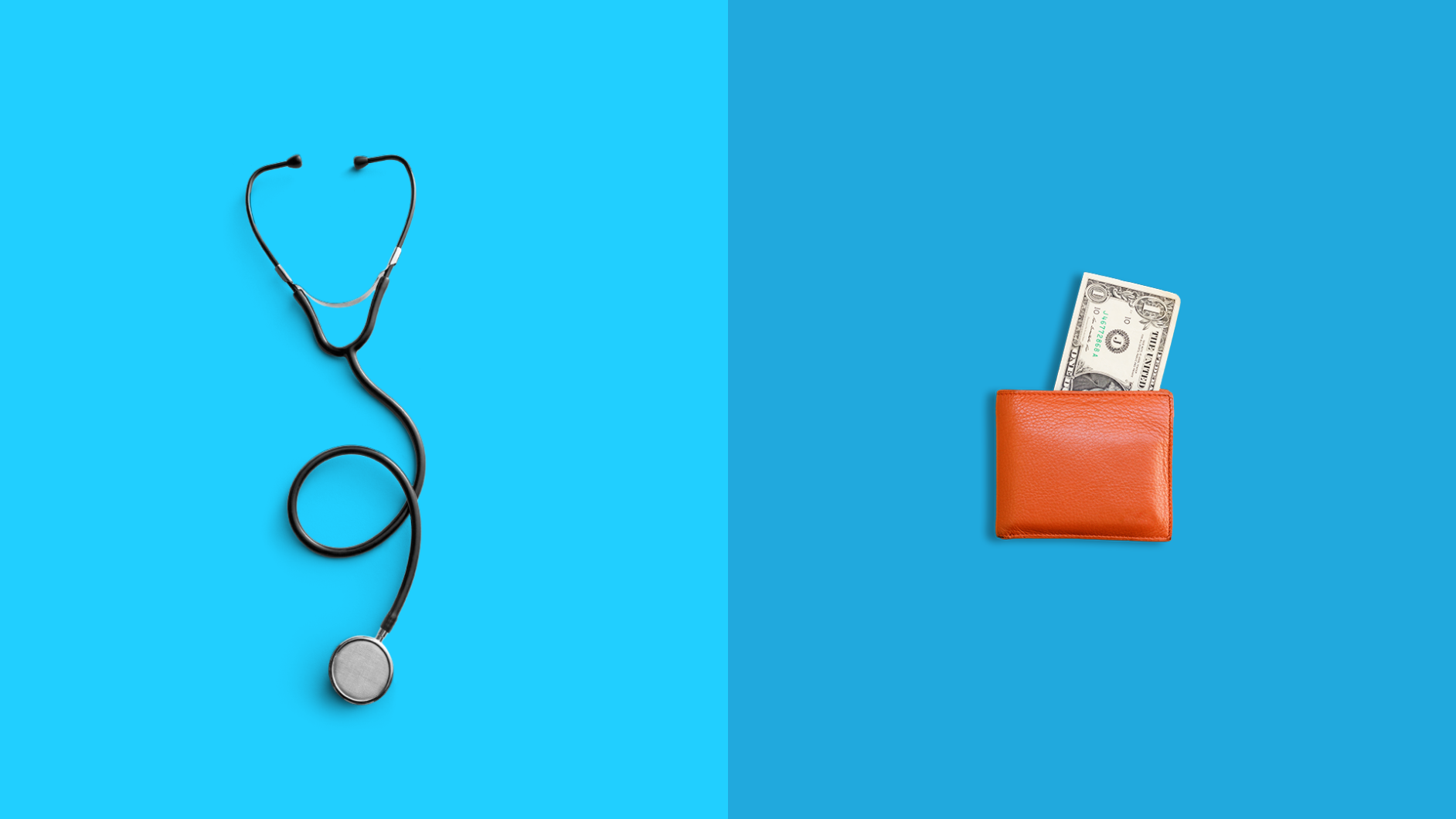Key takeaways
In 2019, 1 in 3 families in the U.S. skipped medical care due to cost.
Hospitals must provide emergency medical care regardless of insurance status, but there are also ways to find low-cost or free health services and discounted medications for non-emergency needs.
Prescription costs can sometimes be lower without insurance, and patients can utilize savings programs, coupons, and discount cards to save on medications.
Medicaid, CHIP, and marketplace plans offer options for affordable health insurance, with various programs available to assist with healthcare costs for those who are uninsured or underinsured.
In 2018, 9% of Americans were uninsured. Two years and a pandemic later, millions of unemployment claims are flooding the Department of Labor’s desk. Since nearly half of Americans had an employer-sponsored health plan, we can expect the number of uninsured patients to rise.
Although some states still enforce it, there’s no longer a tax penalty by the federal government for not having health insurance. But the risk of no health insurance is far greater than financial woes. It puts your health at risk, too. In 2019, 1 in 3 families in the United States skipped medical care because of cost. Treatment and medication adherence are essential in treating an illness before it becomes a chronic disease, which is the leading cause of death and disability in the U.S.
So what do you do if you have no health insurance? First, you should consider short-term health coverage options and low-income programs like Medicaid or the Children’s Health Insurance Program (CHIP). However, it’s still possible to get health care and medication at a discounted rate without health insurance. Here are the resources to get the help you need.
RELATED: What to do when you’ve lost health insurance
Getting health care without insurance
Fortunately, not having health insurance does not mean you cannot receive health care. Under the Emergency Medical Treatment and Active Labor Act, nearly all hospitals must provide care to patients who need emergency medical treatment regardless of their insurance status. But what if it’s not an emergency? Some urgent care centers and walk-in clinics have the right to turn patients down from non-emergency services if they aren’t able to afford it. However, it’s of utmost importance to prioritize your health over your wallet. There are many ways to find low-cost or free health centers and get discounted (or even free) vaccinations and medications.
RELATED:
- How to see a doctor without insurance
- Urgent care vs. emergency room
- How to get a discounted or free flu shot
- What vaccines can I get discounts on?
Healthcare costs (and how to save without insurance)
With or without health insurance coverage, health care has an expensive snowball effect. An initial visit with a healthcare provider can cost $70-$250. Then, you have diagnostic tests that can range from $15 for a blood test to $480 for an ultrasound. If you have a mild to moderate injury or illness, you might head to an urgent care clinic. That’ll cost an uninsured patient $100-$200. An emergency room visit could result in a hospital bill of $3,000 or more.
These prices shouldn’t scare anyone out of seeking care, though. There are ways to get reimbursements, discounts, or free healthcare services. You just need to know the options available to you. Use the resources below to get help with healthcare costs.
RELATED:
- Medical debt statistics
- Help with medical bills
- Health expenses you can claim on your tax return
- How to get free diabetic supplies
Saving on medication
Did you know, your prescriptions could be cheaper without insurance? Nearly a quarter (23%) of prescriptions cost more with insurance than without it. In addition, there are many ways to get an even lower price without insurance, including pharmacy savings programs, manufacturer coupons, and prescription discount cards. Browse the following guides to find new ways to save on medication—no insurance necessary.
RELATED:
- How can I save on my medication?
- Can I use a prescription savings card for over-the-counter medications?
- How to get birth control without insurance
- How to save on Walgreens prescriptions
- How to save on Walmart prescriptions
Finding an affordable health insurance plan
Although there are ways to save without insurance, getting access to health care can be a lot easier with coverage. Medicaid and CHIP are the most affordable health plans in the U.S. Federal and state governments fund both. Medicaid is income-based. The income level to qualify for Medicaid varies from state to state. If your income is too high for Medicaid, you can still cover your children with CHIP. Pregnant women can also be covered by CHIP in some states. Also, keep in mind that although premiums or deductibles may seem high on marketplace plans, they could still save you money in the long run when you compare your copay to health services without insurance.
RELATED: How to get health insurance
Resources
Here are some additional resources to fast-track affordable health care:



